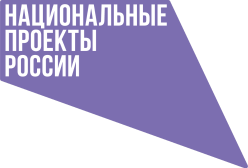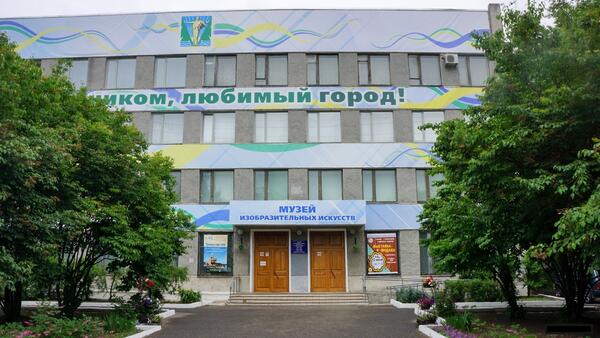The museum was created on the initiative of Moscow artists Sophia Semyonovna Vitukhnovskaya and Hoskel Moiseyevich Sandler and opened its doors in 1966.
Currently, the museum holds over 19,000 exhibits. It can boast of having an extensive collection of post-revolutionary art and the unique collection of Russian and foreign industrial graphics of the 1870s–1960s. A special place is occupied by a rich selection of national art of the indigenous peoples from the Amur region: the Nanai, Ulch, Udege, Negidal, Nivkh, Even, and Evenk peoples. The museum also has works of artists from China, Korea, Japan, the US, and other countries.
The museum conducts purposeful research and collecting activities to study the art of the Russian Far East and countries of the Asia-Pacific region, as well as organizes meet-the-artist events, concerts, after-hours events, folklore celebrations, exhibitions of children’s art, and many other events.
Currently, the museum holds over 19,000 exhibits. It can boast of having an extensive collection of post-revolutionary art and the unique collection of Russian and foreign industrial graphics of the 1870s–1960s. A special place is occupied by a rich selection of national art of the indigenous peoples from the Amur region: the Nanai, Ulch, Udege, Negidal, Nivkh, Even, and Evenk peoples. The museum also has works of artists from China, Korea, Japan, the US, and other countries.
The museum conducts purposeful research and collecting activities to study the art of the Russian Far East and countries of the Asia-Pacific region, as well as organizes meet-the-artist events, concerts, after-hours events, folklore celebrations, exhibitions of children’s art, and many other events.

